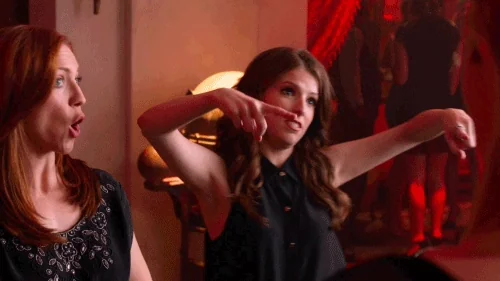Originally published at: Pablo Picasso's teenage self portrait invites you to stare at his greatness | Boing Boing
…
Looks like he followed that standard artistic dictum that you need to know the rules before you break them.
He truly never got called an asshole.
Exactly, for some reason I had this idea that Pablo Picasso popped out of the womb as a modern painter for some reason, which is why the refinement of the Realism style wielded was so striking. To know that Picasso had a full grasp of the old world techniques makes me appreciate his art all the more because he choose to abandon this style in favor of his own, not because he couldn’t hack it, but rather because it was ill equipped for Pablo Picasso to emote with.
From the tour, the guide went to lengths to associate Pablo Picasso with the people, and even explained his “of the people” nature as to why the Museu Picasso had so many early works of his available for display. Pablo Picasso would regularly give away his paintings to those who knew him, and eventually those families who held onto these long forgotten works yielded their steely grip to the taxman, as legacies scrambled through the decades of ensuing strife since his death. The government seized old works of Picasso, and sold them or transferred them to the Museu Picasso for future generations to know him better.
He’d drive down the street in his El Dorado and all the girls would turn the color of avocado.
Life, unsurprisingly, did not end for Gilot, given that she was 40 years younger than Picasso. She grew into a notable painter in her own right, and, at the age of 97, is still working to this day.

Does this mean the El Dorado was a lie, too? ![]()
Yes, good example of why non-artists who say stuff like “my kid could paint that!” in regards to the work of accomplished modernist painters are usually way off the mark.
You can usually sense the difference between an artist who knows how to paint realistically but chooses to pioneer a new form of expressionism and an artist who paints abstract shapes and colors because they never really learned how to draw.
My favorite portion of that museum was seeing all of his “blue period” works. I was aware of them, but both the volume and beauty of the pieces was quite moving. I was always fairly ambivalent about his cubist work, though I appreciate the historical context of anyone who can positively affect culture with art, but some of the blue pieces are just majestic. I can’t find any of the pieces that really moved me online, but that’s the wonderful thing about museums, there is so much more out there than can saturate popular culture.
Yes, I’ll co-sign on the beauty of his “blue period” works. Here’s a few that caught my eye while flying through the Museu Picasso at what felt like warp factor 5:
Oh yeah, that last one is gorgeous! Dabbling in the pointillism of the era a bit.
ETA: One of the coolest things about that museum was seeing him work through various techniques. You actually see it perfectly with the photos you posted. I don’t have the language to name them correctly, but the blended strokes of the top piece vs the heavier impressionistic strokes of the one below it, for instance shows a great deal of experimenting and emulation of his contemporaries.
Somewhere online I recounted a Picasso story I’d seen in a Bennett Cerf collection and, to my surprise, someone who knew a little about it came back with a link that confirmed I had the gist of the story right.
Basically, someone asked him to sign a sketch they’d rescued, and he said it was a fake. “But I saw you paint it!” “Well, I can paint fake Picassos, just as good as anybody’s.”
“I paint objects as I think them , not as I see them”
The quote that I think off re: Picasso and his continual invention. The reason why he is held so high.
His early, “academic” works are absolutely amazing.
But he really was one. You can see this very clearly in his later works. He’s not trying to hide it.
To be properly eccentric you need to know where the circle is.
The explation (sic spin) the tour guide gave for this photo was that Pablo Picasso was a man of the masses,
and so a good deal of his early works were paintings of common incidents observed while in a drunken state at the Quatre Cats or Menestra
As an art teacher, I’ve never felt comfortable with that dictum - it basically feels like a way to perpetuate traditional academic gatekeeping into an era where the meaning of art has exploded to include such diverse and potentially democratizing forms.
Truly. A misogynistic arrogant asshole who basically made his career through the uncredited aping of artists from the global south, especially Africa.
Thanks, as a person more familiar with written than visual art, it rubs me the wrong way too.
Like, what rules? And whose rules?
If you’re still there, I can recommend going to the Salvador Dali museum (a bus ride away) for more of the same. His early works are absolutely by-the-book, and then he started to evolve.









